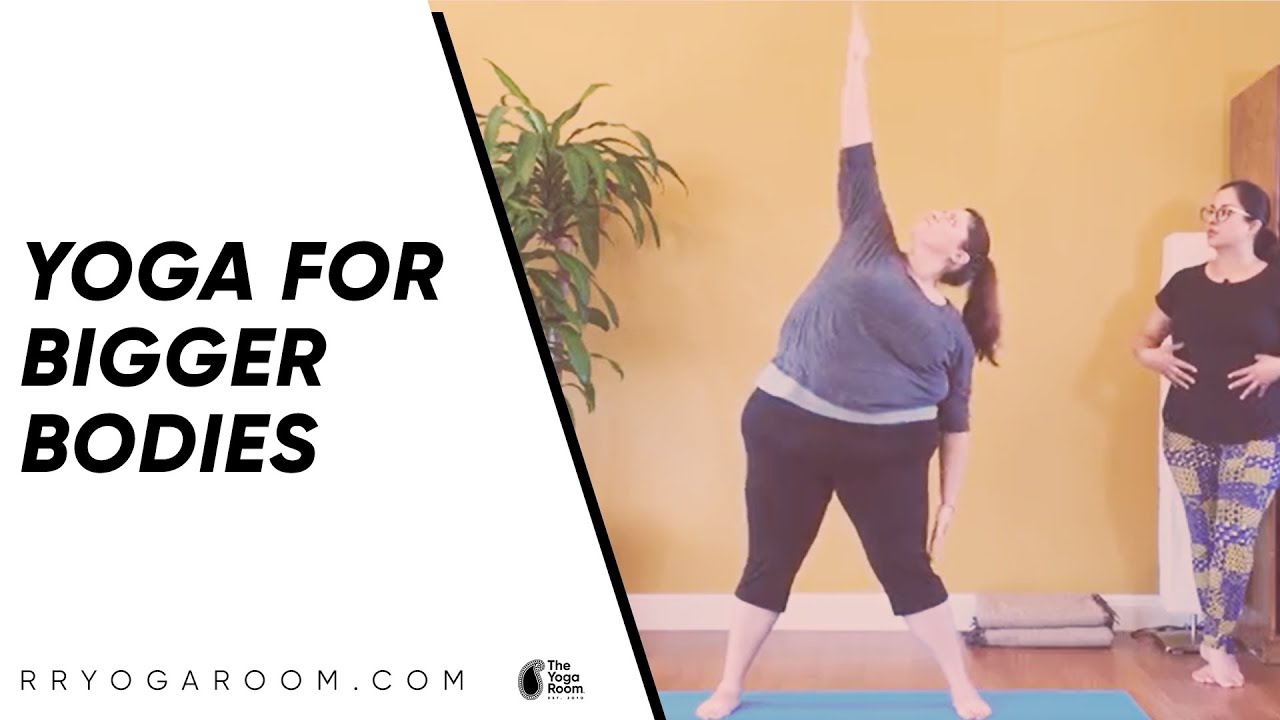Yoga can be such a great weight loss tool and it has a direct impact on other areas of your life, from making dieting easier to improving joint health and just… oh, everything. I’m biased, but honestly, yoga can be such a great way for plus-sized beginners to start their weight loss journey. I’ve been teaching yoga for bigger bodies for over a decade, and I’m continually inspired by the changing power of gentle, accessible poses to build strength, flexibility, and confidence in my students.
As a yoga teacher, I’ve seen firsthand how yoga can be life-changing for overweight beginners, offering a gentle yet effective way to improve flexibility, build strength, and boost confidence. I’ve seen complete beginner students who initially struggled with basic movements gradually develop better balance, posture, and body awareness, often reporting reduced joint pain and increased energy levels. The mindfulness aspect of yoga helps many of my overweight students develop a more positive relationship with their bodies, fostering self-acceptance and motivation for overall health improvement.
- Mountain Pose (Tadasana). Stand tall with feet hip-width apart, grounding through all four corners of the feet. Many beginners struggle with proper alignment. If balance is challenging, keep one hand on the wall or chair for support.
- Cat-Cow Pose (Marjaryasana-Bitilasana). Start on hands and knees, moving between arching and rounding the spine. Wrist discomfort is common. For sensitive wrists, come down to your forearms or place a folded blanket under your hands.
- Child’s Pose (Balasana). Kneel and sit back on heels, extending arms forward. Tight hips can make this pose difficult. If you have tight hips, place a folded blanket between your thighs and calves for support.
- Seated Forward Fold (Paschimottanasana). Sit with legs extended, folding forward from the hips. Hamstring tightness is typical. Those with tight hamstrings can bend their knees slightly or sit on a folded blanket to raise the hips.
Affirmation: I embrace my body’s strength and flexibility. With each practice, I grow healthier and more confident in my yoga way
When preparing for a yoga practice designed for larger bodies, ensure you have plenty of supportive props, such as blocks, straps, and bolsters, nearby to help you comfortably modify poses. You don’t need expensive branded stuff, just anything you have to hand and that includes a towel or a blanket if that’s all you have.
Yoga truly is for every body type, and the most important thing is how each pose feels, not how it looks. Forget what you see on social media, I promise that’s not how the average yoga class actually looks. Always listen to your body, take breaks when needed, and remind yourself that yoga is a personal practice, not a competition. After your practice, consider doing gentle stretches or simple breathing exercises at home to maintain flexibility and build confidence in your yoga journey. Consistency will help you experience progress in both physical comfort and overall mental well-being.
